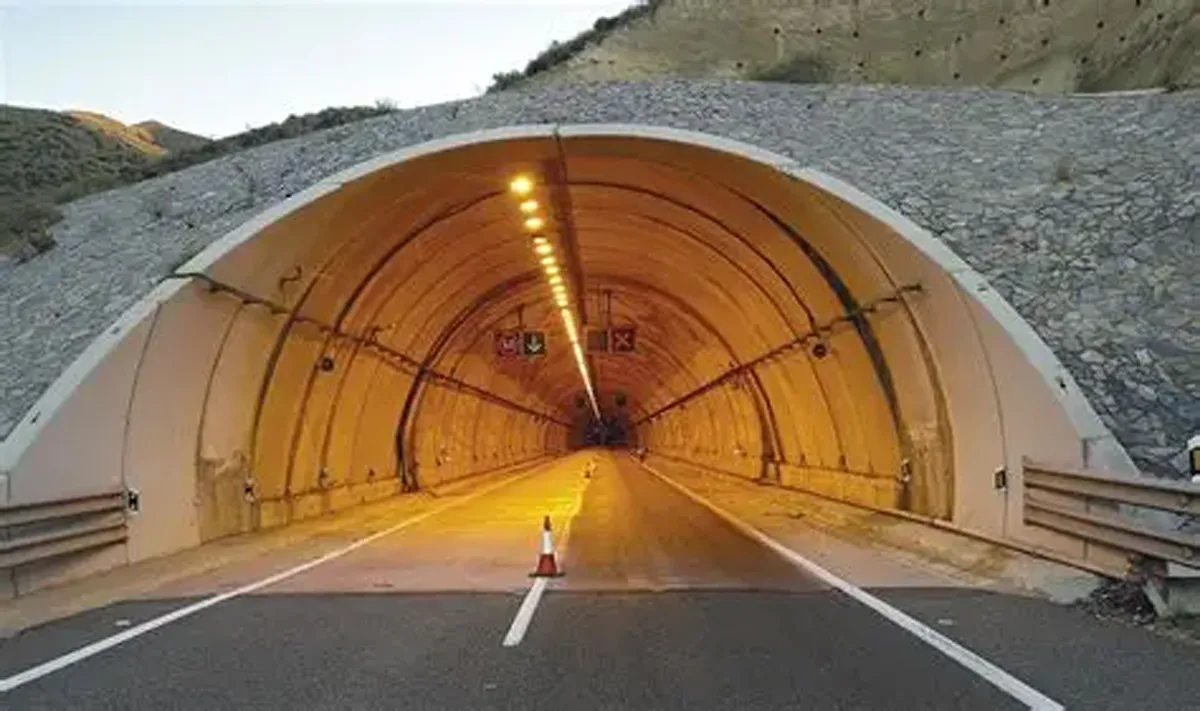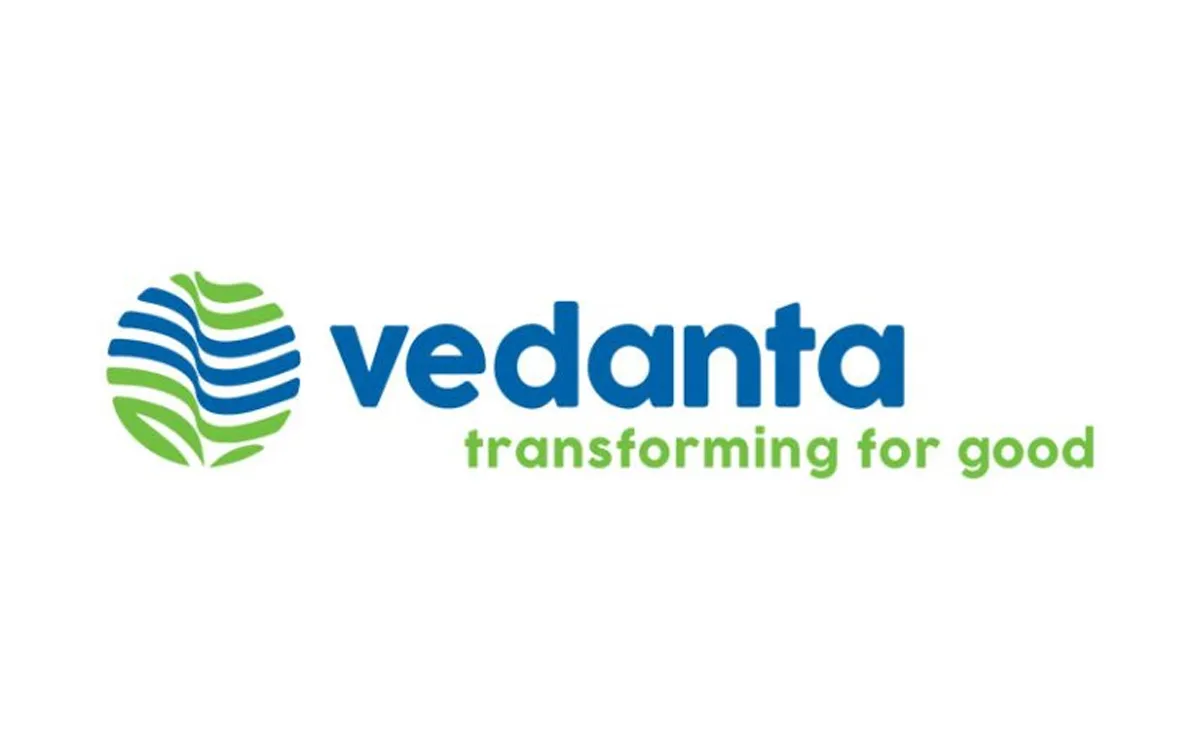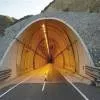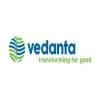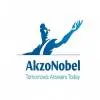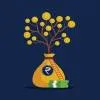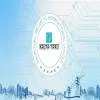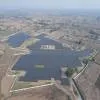The ability to track, measure and quantify performance is critical for helping businesses reduce their carbon footprint and demonstrate positive impacts in tangible terms, writes P GOPALAKRISHNAN.LEED is the world’s most widely used green building programme and is a framework for creating healthy, resilient and sustainable buildings – connecting the dots between design, construction, operations and performance. As governments and industries seek ways to pursue sustainable development while reducing environmental impact, buildings are an integral part of achieving those goals as they account for nearly 40 per cent of global carbon emissions. Through LEED, buildings and communities utilise strategies to reduce emissions, optimise energy and water usage, manage waste and promote the use of healthy materials in buildings. There is more to LEED, however, than just environmental leadership.Ensuring better occupant health and wellnessLEED is recognised as a tool for improving health and wellness of building occupants. Human health has been a foundational tenant of LEED since its beginnings and 70 per cent of LEED’s credits directly or indirectly impact health and wellness. According to a 2018 USGBC survey, employees who work in LEED buildings are happier, healthier and more productive than employees in conventional and non-certified buildings. More than 90 per cent of respondents in LEED-certified buildings said they were satisfied on the job and 79 per cent said they would choose a job in a LEED building over a non-certified one. Respondents indicated that having access to things like outdoor views, plentiful sunlight and improved indoor air contributed to their overall workplace happiness. In the wake of COVID-19, good indoor air quality is paramount to the safety of occupants. The benefits LEED buildings offer have becoming a selling point for companies that want to show employees and clients they truly care about their people.In fact, USGBC released nine LEED Safety First Credits that are designed to help spaces respond to the dangers of the pandemic, with sustainable best practices for workplace re-occupancy, indoor air quality, HVAC and plumbing, cleaning and disinfecting, pandemic planning and more. Any LEED registered or certified project can pursue these credits as a way to demonstrate healthy spaces and assist with building re-entry.The pandemic has underlined the importance of monitoring building systems and reporting their performance at regular intervals. Most strategies that are good for the environment also tend to yield important benefits for human health. In LEED v4.1, the latest version of the rating system, almost two-thirds of the credits pertain to health and wellness. These credits include guidance on improving indoor air quality, encouraging physical activity and healthy nutrition, designing for mental health and comfort, among other strategies. Adopting these are important not just for responding to the pandemic, but also for ensuring a healthy future for all. Creating more value for buildings with data LEED v4.1 enables a shift to data through placing an importance on the tracking of a building’s performance in areas like energy, water, waste, transportation, indoor air quality, toxin-free environment and occupant satisfaction. And through the Arc performance platform, projects can track progress and report on their performance. LEED-certified buildings can use Arc to benchmark their performance with that of their peers and to verify LEED performance on an annual basis to keep their certification up to date. Additionally, Arc released re-entry tools to help projects manage and monitor their COVID-19 workplace re-entry policies. Tied to the LEED Safety First credits, Arc Re-Entry is free for any project and helps projects benchmark infection-control policies and procedures, collect occupant experiences and track indoor air quality.The ability to track, measure and quantify performance is critical for helping businesses reduce their carbon footprint and demonstrate positive impacts in tangible terms. Moreover, LEED buildings are more sought after for commercial and residential spaces, while maintaining lower operating costs than traditional buildings. LEED v4 and v4.1 also incorporate Life Cycle Assessment (LCA) concepts and analysis. LCA is a formal methodology to quantitatively compare the environmental impacts for products, processes and systems. LEED has several credits related to water use, energy use, greenhouse gases and ozone depletion use that are based on LCA concepts. This helps ensure that the entire lifecycle of a building incorporates green techniques.Making buildings of all ages more resilient Sustainable buildings are the cornerstone of enhancing community resilience. Around the world, green buildings are being based on resilience-enhancing designs, technologies, materials and methods. LEED promotes resilience at every stage – design, construction, maintenance and operations. There is also the LEED Climate Resilience Screening Tool, which evaluates the resilience potential of each LEED credit.This has great relevance in the maintenance and restoration of older and heritage buildings. There is often a perceived conflict between the methods employed to ensure sustainability and the purist’s view of maintaining the character of heritage buildings. LEED has provided them with a common ground. Both sides recognise it is more environmentally friendly to retrofit old buildings than to tear them down them and build new ones. As a result, an increasing number of heritage buildings around the world are applying for LEED.There are more than 20 LEED-certified heritage buildings across the U.S., including the Empire State Building and Chrysler Building in New York City. In India, meanwhile, GBCI recently awarded the Calcutta Electric Supply Corporation (CESC) House in Kolkata with LEED v4.1 Operations + Maintenance (O+M) Platinum in July 2021. CESC House was the first heritage building in India to achieve this. Fostering social equityLEED explicitly promotes socially responsible practices with its Social Equity Pilot Credits, which are designed to address social equity from the perspective of everyone who is touched or impacted by a building. The “Social Equity within the Community” credit encourages project teams to address needs and disparities in communities around the project and outlines a process for engaging with them. The “Social Equity within the Project Team” credit encourages project owners, financiers, architects, engineers and contractors to incorporate social equity into their daily activities by paying fair and timely wages, providing workforce development and demonstrating corporate social responsibility. The “Social Equity within the Supply Chain” credit encourages social equity for those involved in the production of materials and products for buildings.GBCI also has a LEED credentialing programme, through which professionals become technically qualified to take LEED to the market. A LEED AP distinguishes those with advanced knowledge in green building plus expertise in a particular LEED rating system, while a LEED Green Associate credential affirms comprehension of green building principles and practices and is ideal for those newer to sustainability and LEED. In November 2020, USGBC announced it would fund 500 professionals in underserved communities to earn their LEED AP or LEED GA to build green building expertise and the workforce. This summer, scholarship recipient Zainab Bie became one of the youngest LEED Green Associates in both India and the world – at only 17. A vocal sustainability advocate, Zainab is utilising her credential in a youth-led initiative that pursues the implementation of the UN Sustainable Development Goals in India.India has become a global leader in the adoption of green building practices, ranking as the number four country in the world for LEED adoption. With certifications across all manner of projects – both new and existing buildings, commercial and residential, hotels, hospitals, data centres and beyond – the country is proving sustainability is an accessible and powerful tool for the pursuit of the future India deserves.About the author: P GopalaKrishnan, Managing Director, Southeast Asia and Middle East, GBCI, manages business and market development of LEED and other GBCI rating systems for the Southeast Asia and Middle East regions. His expertise includes corporate strategy, international market expansion, branding, and business unit creation. An alumnus of College of Engineering, Guindy and IIM Kolkata, he has more than 20 years of corporate experience in Southeast Asia and Middle East regions.

